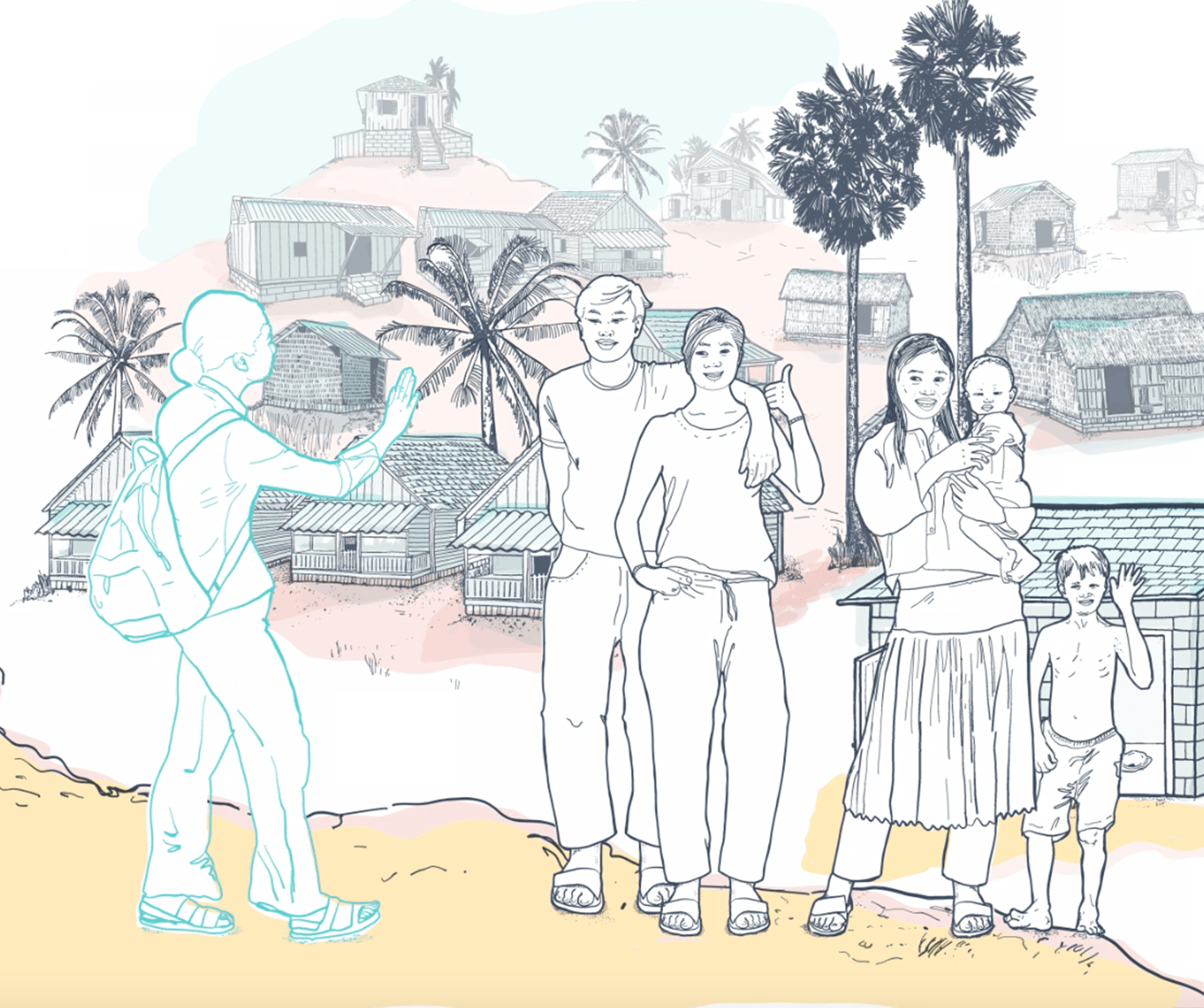The sanitation movement in Nepal aims at achieving open defecation free status of the country by 2017. Important next steps include sanitation access “for all, at all times.” The present toilet structures and pathways to toilets do not consider the needs of people with disabilities (PWDs) or other difficulties and are a major obstacle in achieving universal sanitation access. The Government of Nepal has issued accessibility and communication guidelines on improving access for PWDs in public places and institutions. These guidelines are however not adequate to address sanitation access challenges at the household level. Therefore, this handbook has been developed with the aim of providing information on practical options that can be readily implemented by households having family members with disabilities or facing difficulties in accessing and using toilets. It has further been practically validated through engagement with Women and Child Offices, other organisations working with PWDs, and people living with different types of disabilities in Banke, Dailekh, Kalikot, Mahottari, Salyan, Saptari, Sarlahi, Siraha, Surkhet districts. It is hoped that these facilities can be built or adapted with minimum cost, using local materials.
Options on Household Toilet Facilities for People with Disabilities and Difficulties
July 2017



Additional details
| Publisher | National Water Supply and Sanitation Training Centre & DWSS |
| Country | Nepal |
| Themes | Disability, Leave no one behind |
| Language | English |


Learn more about SLH Research
We use a range of research approaches, which aim to draw attention to urgent knowledge gaps, blind spots and emerging questions, often at a critical point in time, to support policy-makers, practitioners and partners in navigating and responding swiftly.


